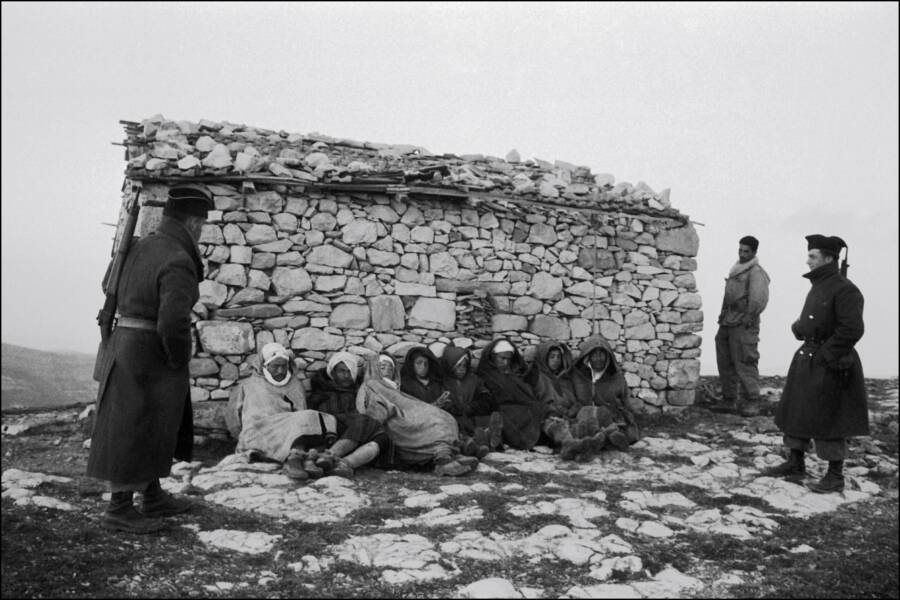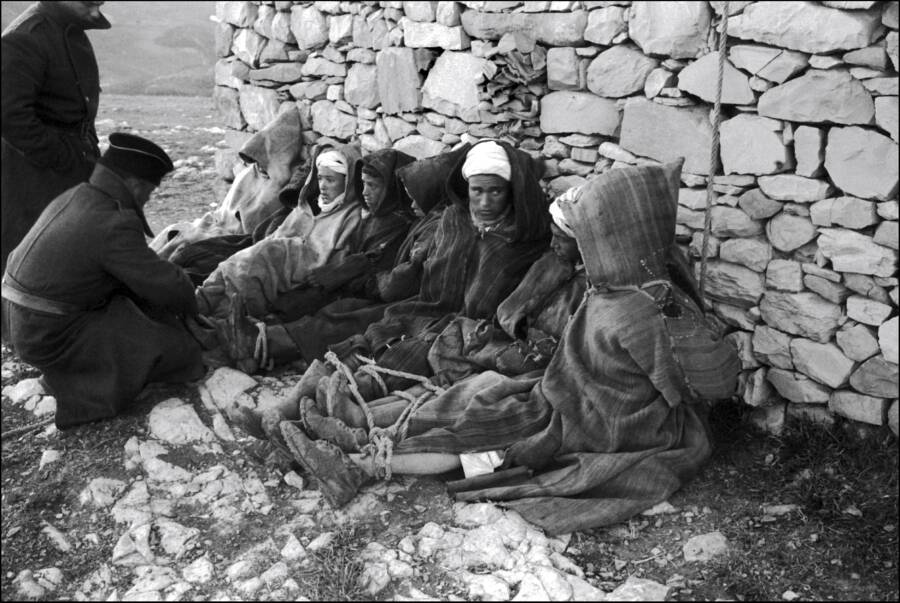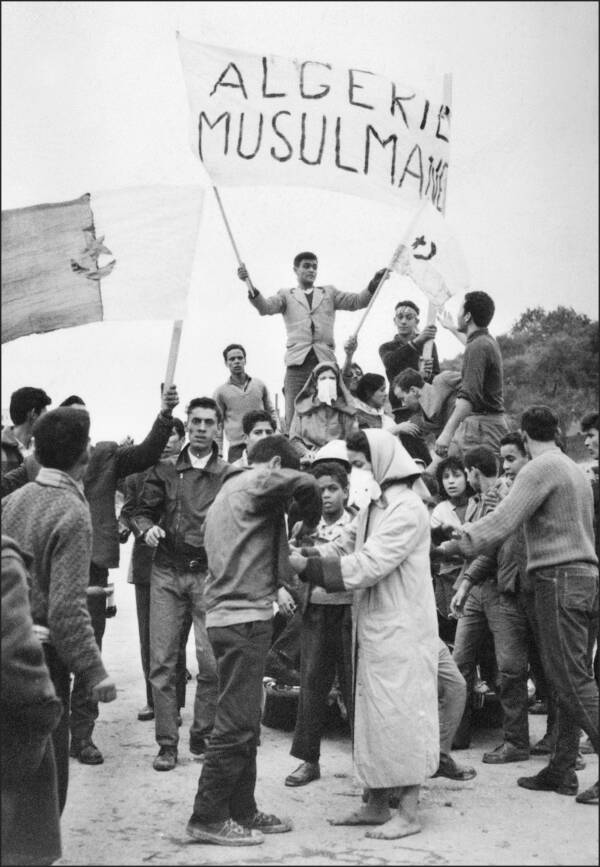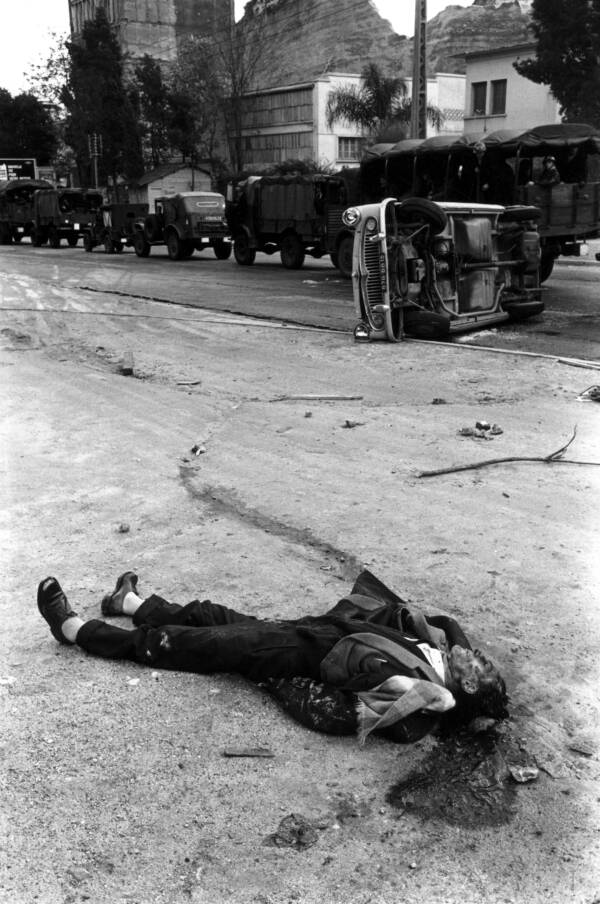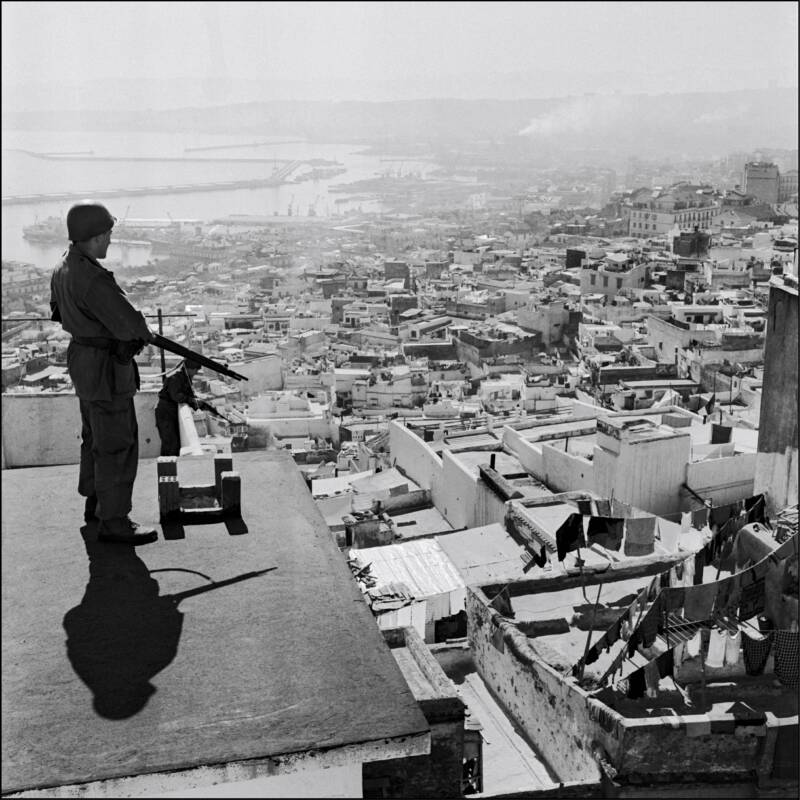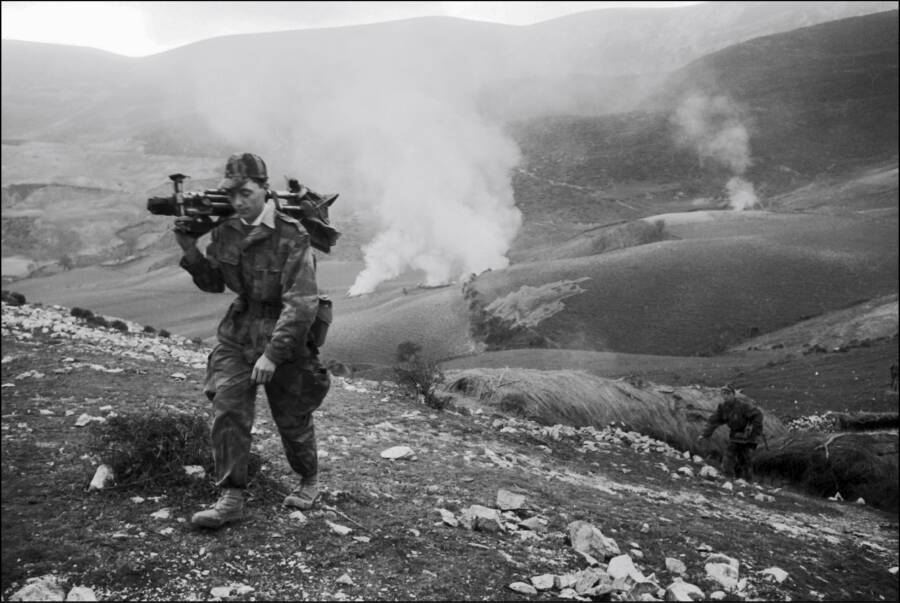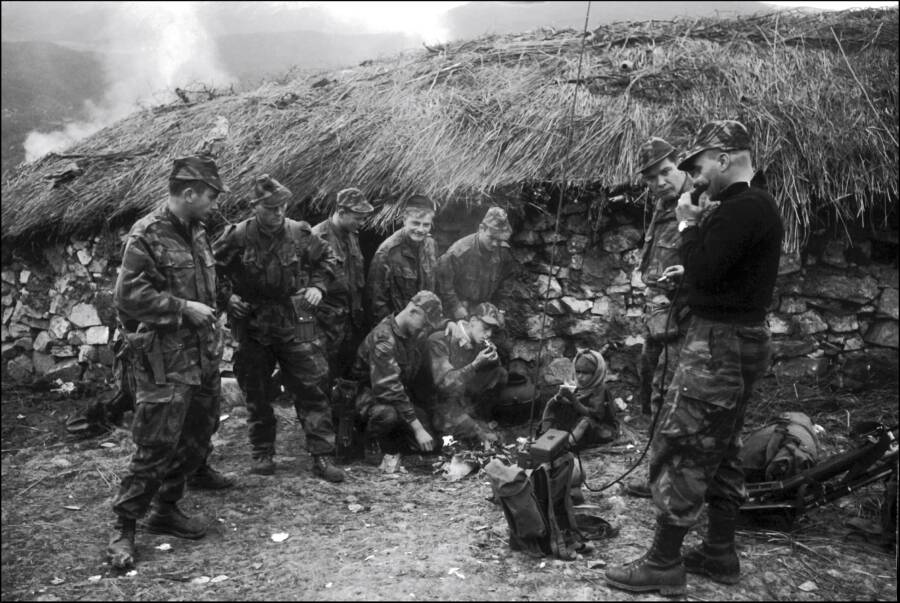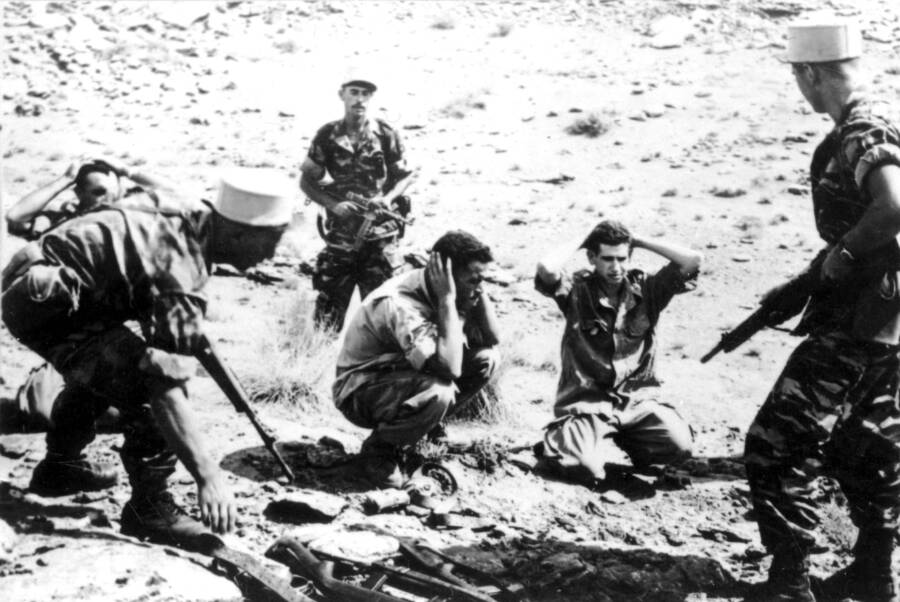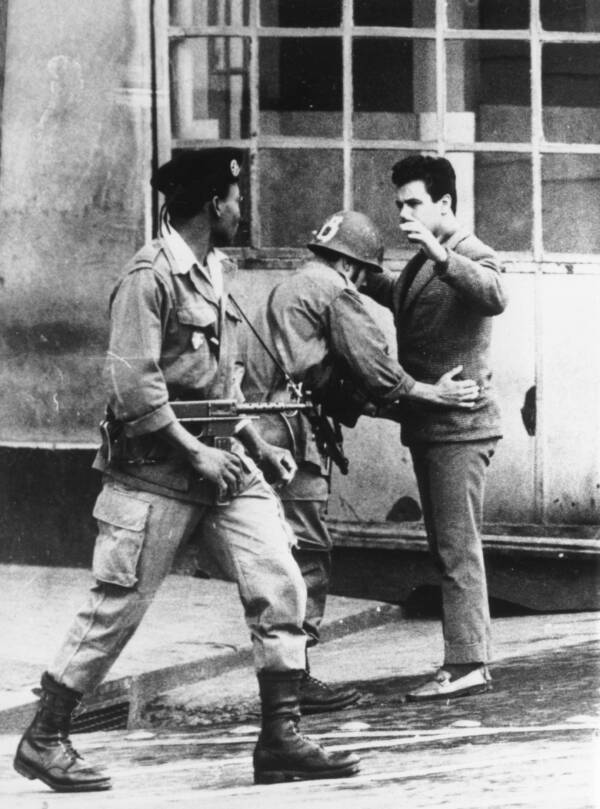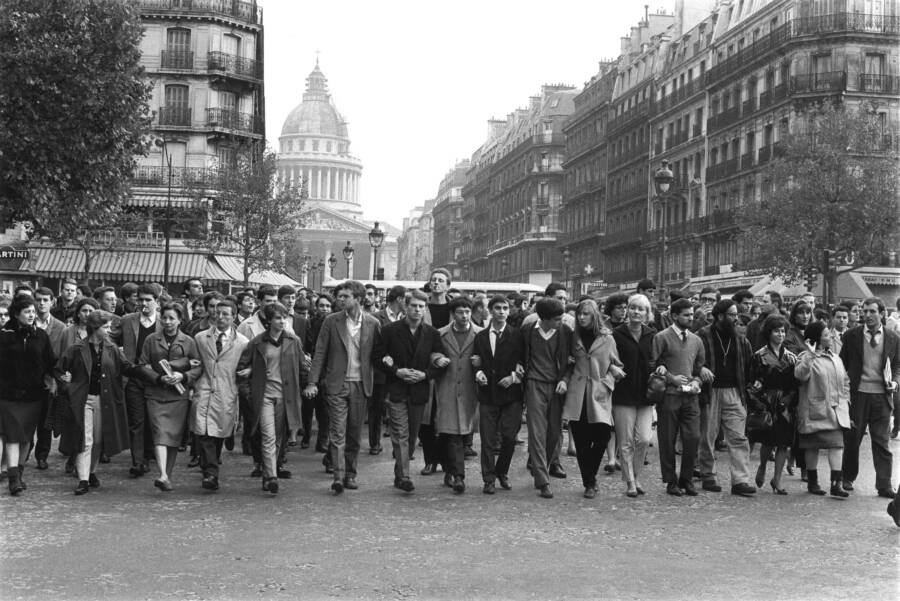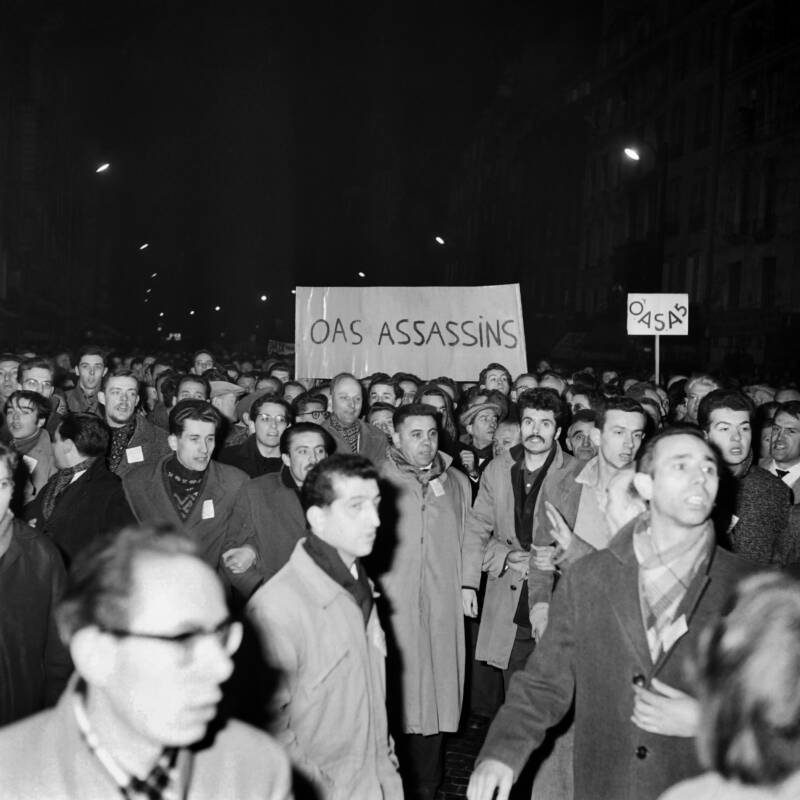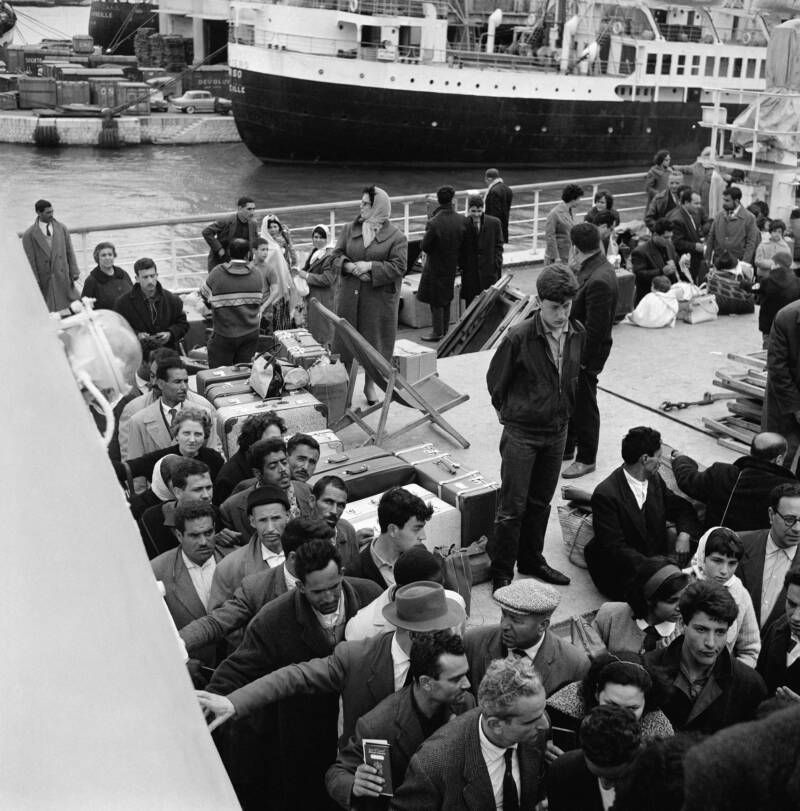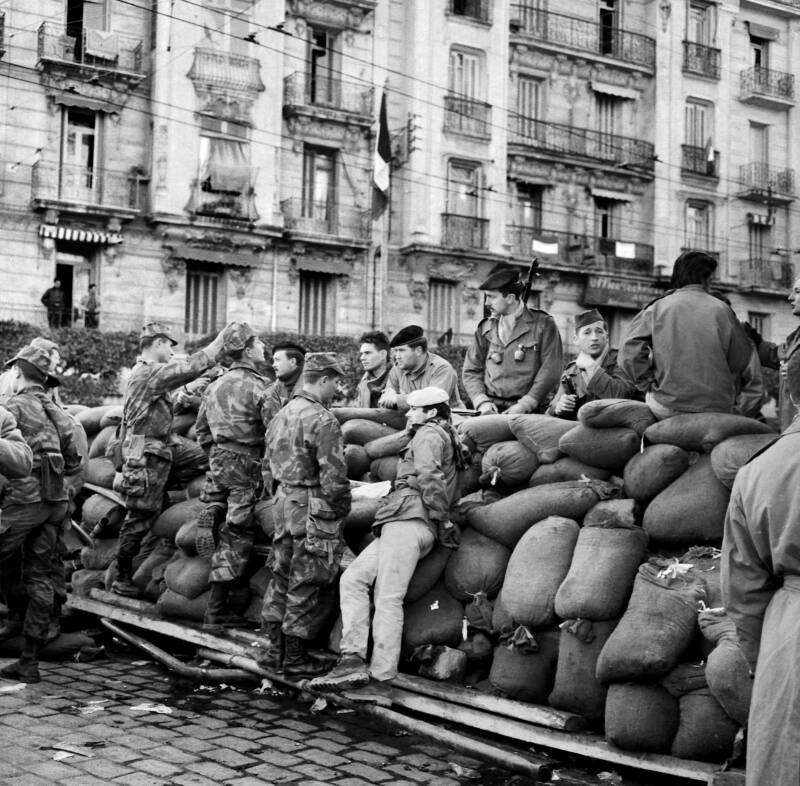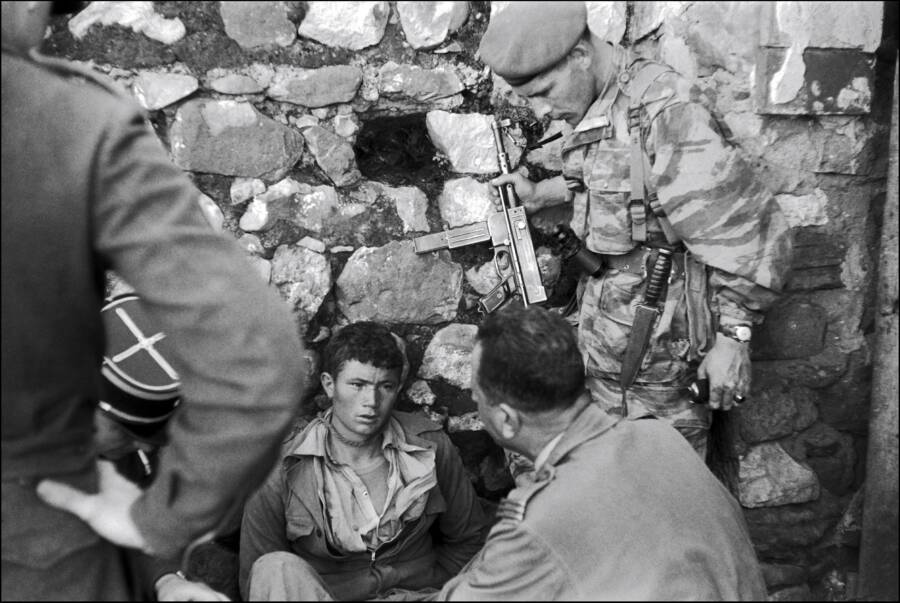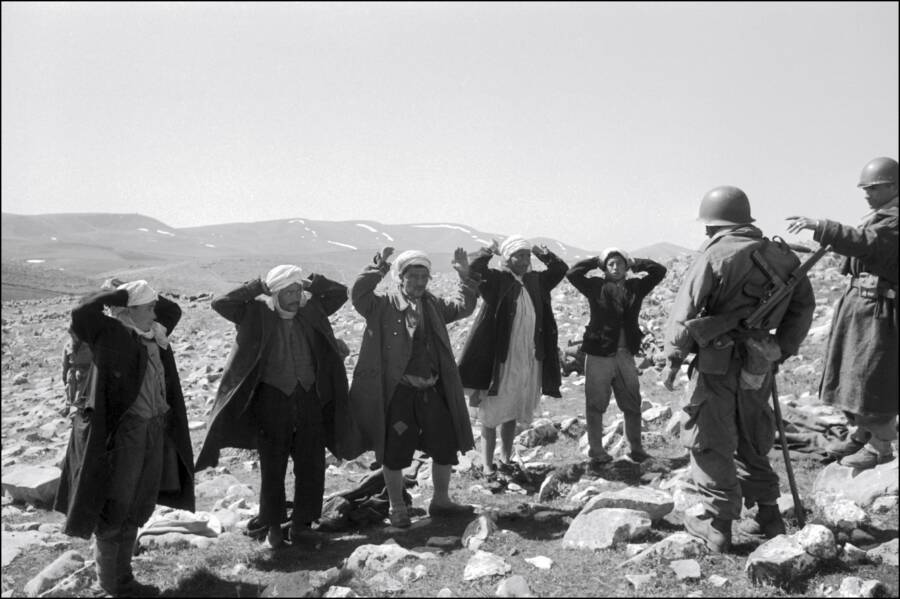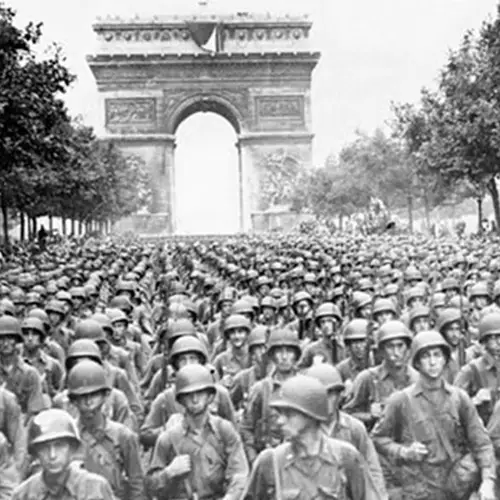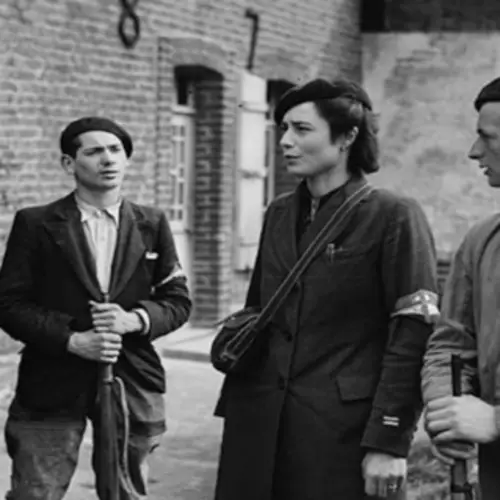For 130 years, Algeria was ruled by France. But after the end of World War II, a group of young Algerian Muslims decided to rise up against the colonial government.
When World War II ended, the people of Europe breathed a collective sigh of relief. Finally, they could go back to normal life. But in the North African country of Algeria — then a French colony — many didn't want to return to the status quo. By 1954, the Algerian desire for independence had reached a fever pitch and exploded into the French-Algerian War.
Over the next seven years, Algeria would be plunged into bloodshed. The Algerian-led Front de Libération Nationale (FLN) battled for independence. Meanwhile, the European settlers in Algeria — known as the pieds-noirs — demanded protection from the war-weary French government.
The war divided the French at home, left hundreds of thousands of people dead, and set the stage for violent aftershocks that linger to this day. Explore some of the most shocking photos from this conflict in the gallery above.
The Origins Of The French-Algerian War
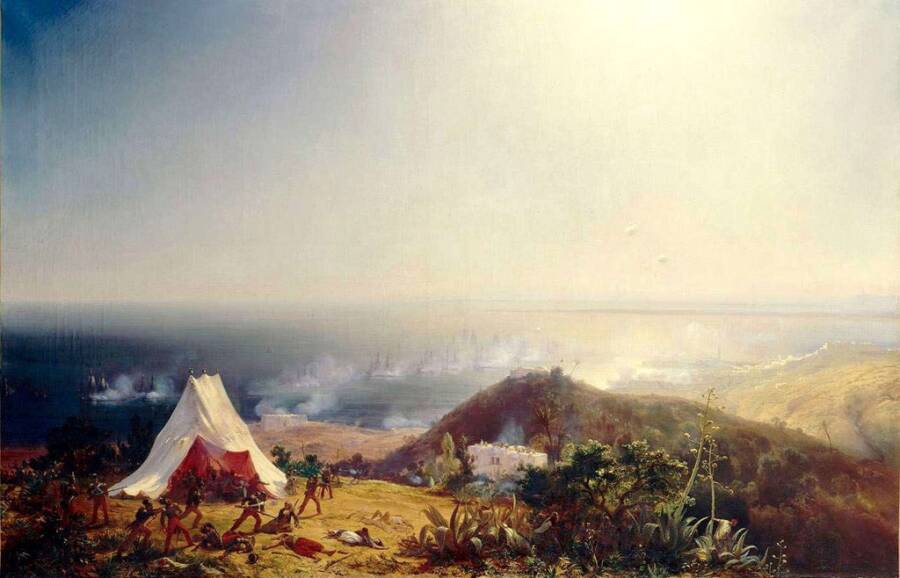
Wikimedia CommonsThe invasion of Algeria by the French, as depicted in this 1880 painting.
The roots of the French-Algerian relationship are complicated and — much like the French-Algerian War — change depending on who's telling the story.
In 1830, a French fleet sailed to Algiers, Algeria and brutally annexed the entire country into France. The French claim that the initial invasion was the result of a diplomatic furor involving a fly-whisk. However, the Algerians maintain that the French invaded to avoid paying back debts.
During the invasion, Europeans were referred to as pieds-noirs, meaning "black feet," because of the color of their boots. The name stuck.
This annexation would launch about 130 years of French rule in Algeria. The North African country was promptly folded into France in July 1834 — which meant that it would not be a colony with some degree of individuality. Instead, Algeria was supposed to be as French as any other département.
But within Algeria, inequality was rampant. The pieds-noirs enjoyed special privileges while native Algerians were considered French "subjects" instead of citizens — and had few rights in comparison to the colonists.
By the late 19th century, some 300,000 French citizens and 200,000 non-French Europeans called Algeria home. And they controlled the levers of power over nearly 4 million Muslim Algerians.
Throughout the early 20th century, the inequality in the country only became more pronounced. And by 1945, frustration among Muslim Algerians had reached new highs — and exploded into violence.
The Struggle For Algerian Independence
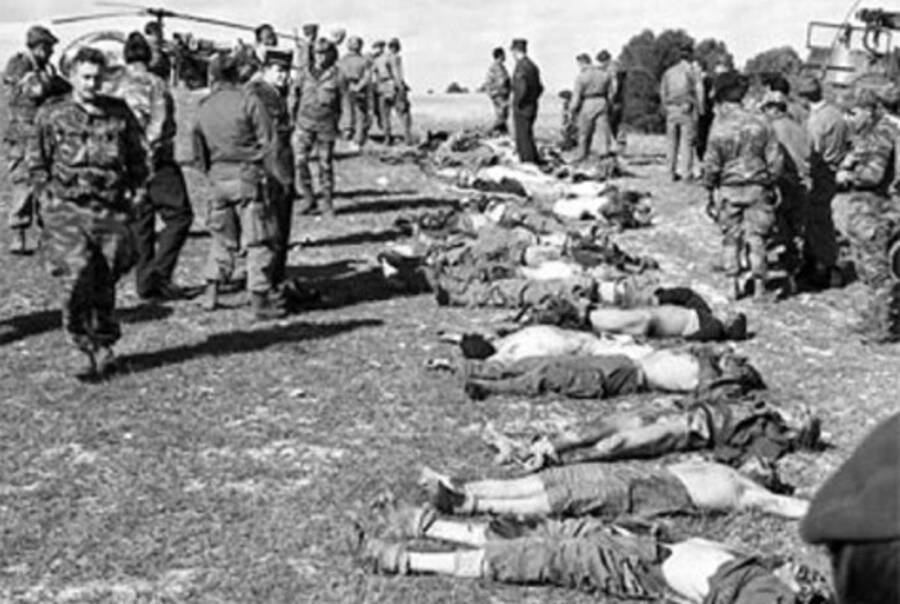
TwitterOn May 8, 1945, a celebration of the end of World War II's European Theater descended into violence.
On May 8, 1945, countless people across Europe celebrated the long-awaited end of the European Theater of World War II. Meanwhile, in Algeria, the day was not marked by joy — but by death.
In the Algerian city of Sétif, thousands of people had also gathered to celebrate the end of the war. But as Algerian revelers began to express their desire for independence, the situation soon devolved into violence. It's still debated as to who fired the first shot, but what is clear is that a young Muslim man raised an Algerian flag — and French police fatally shot him.
Furious, a group of Muslims in Algeria decided to strike back by brutally killing about 100 pieds-noirs. In retaliation, French troops swept across the country, flattening entire villages with dive bombers and killing at least 6,000 people — with some estimates much higher.
The so-called Sétif Massacre was the first stone thrown in what would later become the French-Algerian War. But for nine years, the conflict mostly simmered beneath the surface. It wasn't until 1954 that the outbreak of hostilities started in earnest. Then, the Front de Libération Nationale (FLN) — made up of young Algerian Muslims — began an escalation.
Calling for a sovereign Algerian state, the FLN began encouraging armed revolts across the country. In 1955, they targeted and killed over 100 pieds-noirs. Just as in Sétif, French troops — joined by vigilante pieds-noirs — struck back. The French led a series of ratissage, or "raking over," of Muslim villages, torturing and killing — perhaps as many as 12,000 — as they went.
Like waves during a violent storm, the war lurched from the countryside to Algiers, and back into the countryside. And although most of the actual fighting took place in Algeria, France was not spared from the turmoil. At the height of the conflict, the battles in North Africa polarized France so severely that it narrowly avoided a fascist coup by its own military.
In 1958, high-ranking French soldiers teamed up with the Algerian colonial government to launch a coup in France — in order to give the military a freer hand to repress Algeria's rebellion. They first invaded Corsica with paratroopers and then threatened to invade mainland France and dispose of the government in Paris if Charles de Gaulle — who had served as the leader of France after World War II — wasn't instated as president.
But after de Gaulle was forcefully restored to power, he shocked his supporters when he signaled his willingness to compromise, and later planned to withdraw from Algeria in 1961. The same elements of the military attempted to dispose of the French government yet again but were thwarted — and then formed a terrorist group that nearly assassinated de Gaulle.
The French-Algerian War finally came to an end in 1962, when France and the FLN leaders signed a peace agreement — which recognized Algerian independence. Shortly thereafter, about 1 million pieds-noirs made their way back to Europe, leaving many native Algerians to pick up the pieces.
To this day, the exact death toll from the war remains unclear. While French historians estimate that up to 400,000 Algerians were killed, the Algerian government says that number is actually closer to 1 million. Meanwhile, tens of thousands of French soldiers and civilians lost their lives as well.
The Enduring Legacy Of The French-Algerian War

Jacques Paquier/FlickrFrance continues to struggle with the legacy of the French-Algerian War to this day.
The French-Algerian War — which is sometimes called the Algerian War or the War of Algerian Independence — is remembered vividly in Algeria as a historic fight for their sovereignty. But in France, it's more complicated.
For years after the battles ended, France hesitated to even call what had happened in Algeria a "war" at all. It wasn't until 1999 that France officially recognized the conflict as such.
In the subsequent decades, few spoke of the French-Algerian War in France. But France's perspective of the conflict has begun to shift. In 2005, the French ambassador to Algeria apologized for the Sétif Massacre, calling it an "inexcusable tragedy." In 2012, the French president François Hollande called the French colonization of Algeria "a profoundly unjust and brutal system."
The current president of France, Emmanuel Macron, has gone a step further. He recruited Algerian-born historian Benjamin Stora to help French officials better understand the conflict and how France should remember it.
"We still haven't taken the full measure of how much this war, this history, this French presence in Algeria, has marked and traumatized French society," Stora said, likening the French-Algerian War to a bitter "family secret."
However, many in France and Algeria aren't satisfied with Stora's recent report — especially since it focuses on symbolic forms of reconciliation, like returning certain artifacts to Algeria. Some critics also don't believe that the report dives deeply enough into the brutality of the conflict.
"Our country was invaded by the French army, which committed countless abuses," said Mohand Ouamar Benelhadj, the interim secretary-general of the Organisation Nationale des Moudjahidine, which represents veterans of the French-Algerian War. "We were expropriated, exploited, enslaved. None of this is highlighted in the report."
While the report did call for better education in France about the war and the root causes of the conflict, Benelhadj and others maintain that what Algeria really needs is an official apology for the entire period of French colonial rule in the country. Only time will tell if Algerians ever receive it.
After reading about the French-Algerian War, check out these French resistance photos from World War II. Then, learn about Timgad, the Roman ruins discovered in Algeria.
